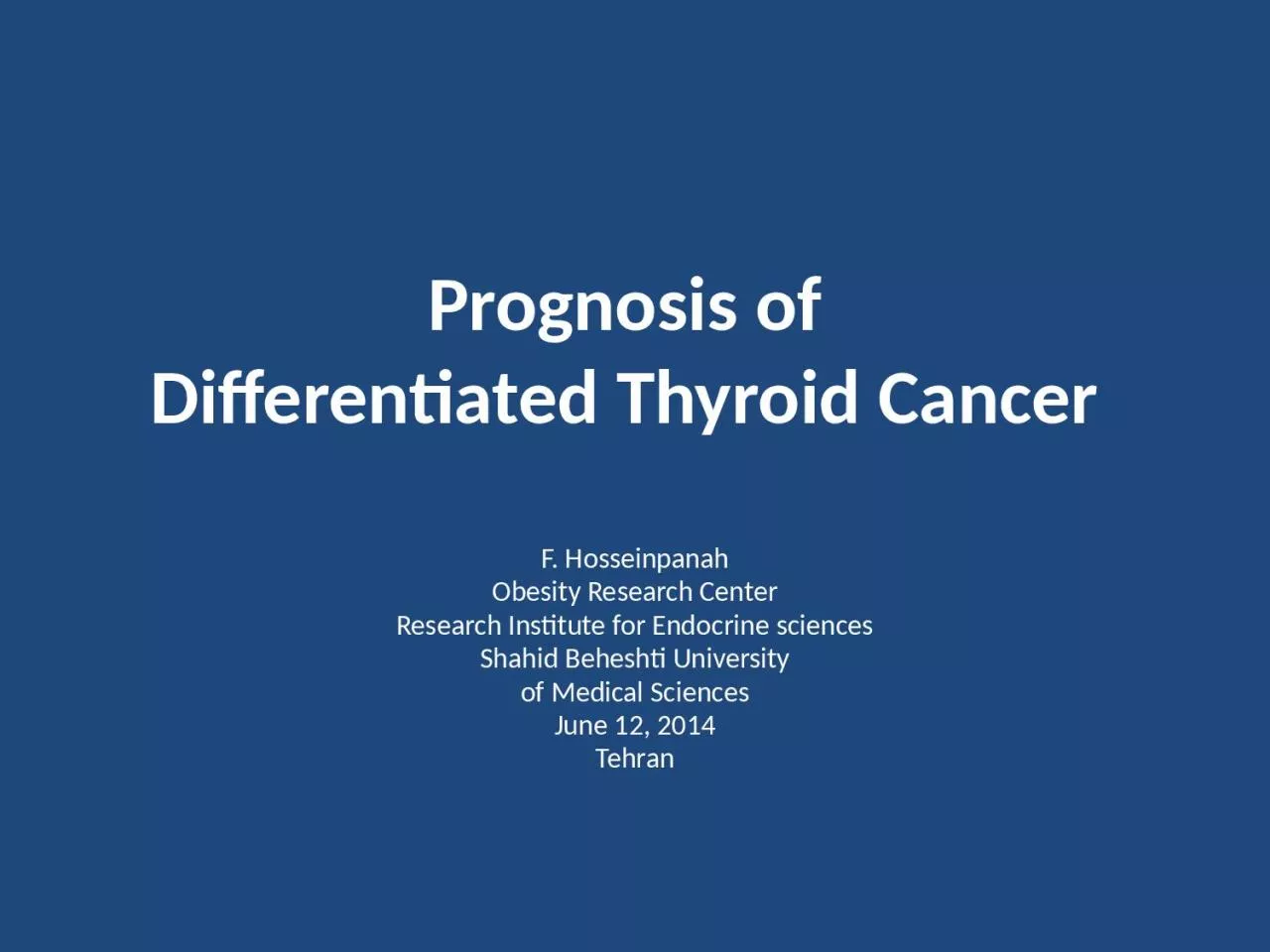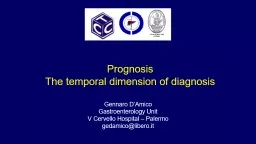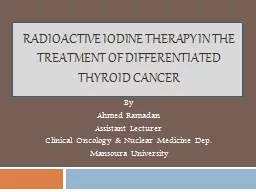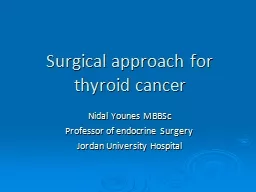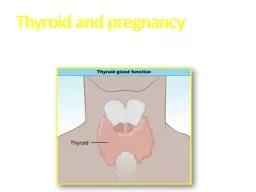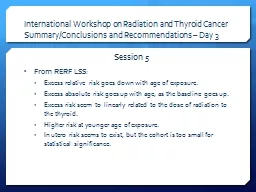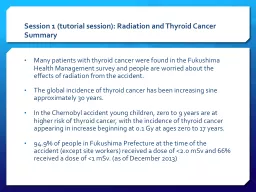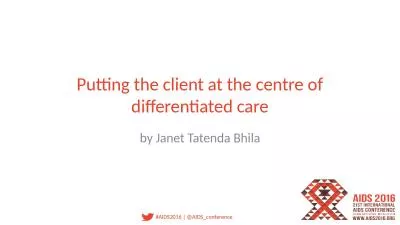PPT-Prognosis of Differentiated Thyroid Cancer
Author : bella | Published Date : 2022-06-11
F Hosseinpanah Obesity Research Center Research Institute for Endocrine sciences Shahid Beheshti University of Medical Sciences June 12 2014 Tehran Agenda Definitions
Presentation Embed Code
Download Presentation
Download Presentation The PPT/PDF document "Prognosis of Differentiated Thyroid Canc..." is the property of its rightful owner. Permission is granted to download and print the materials on this website for personal, non-commercial use only, and to display it on your personal computer provided you do not modify the materials and that you retain all copyright notices contained in the materials. By downloading content from our website, you accept the terms of this agreement.
Prognosis of Differentiated Thyroid Cancer: Transcript
Download Rules Of Document
"Prognosis of Differentiated Thyroid Cancer"The content belongs to its owner. You may download and print it for personal use, without modification, and keep all copyright notices. By downloading, you agree to these terms.
Related Documents

